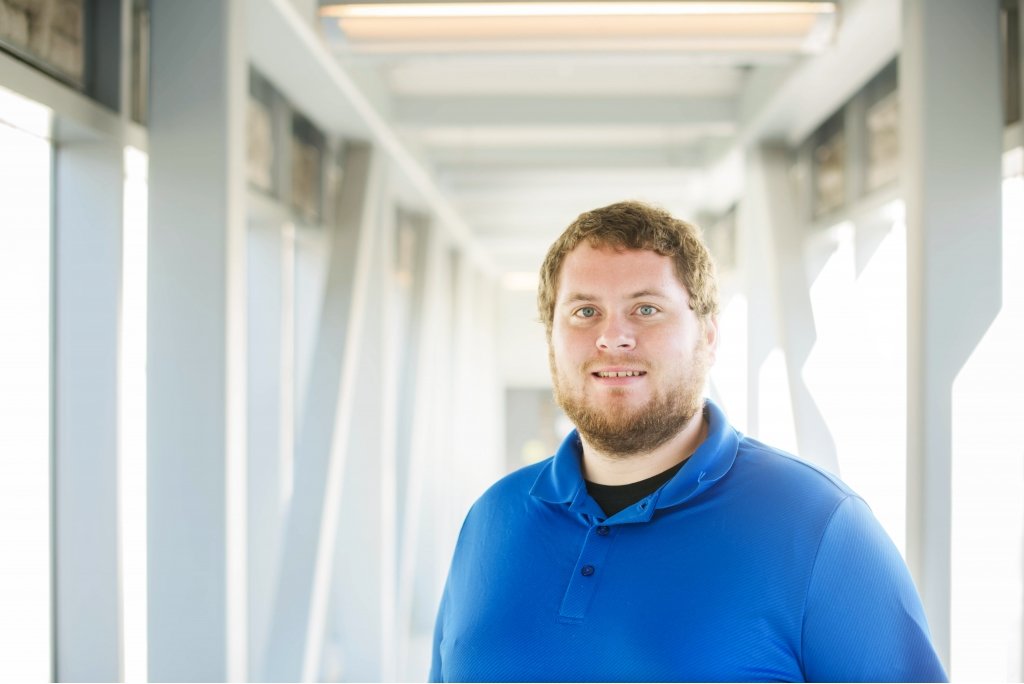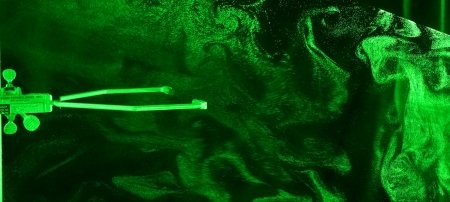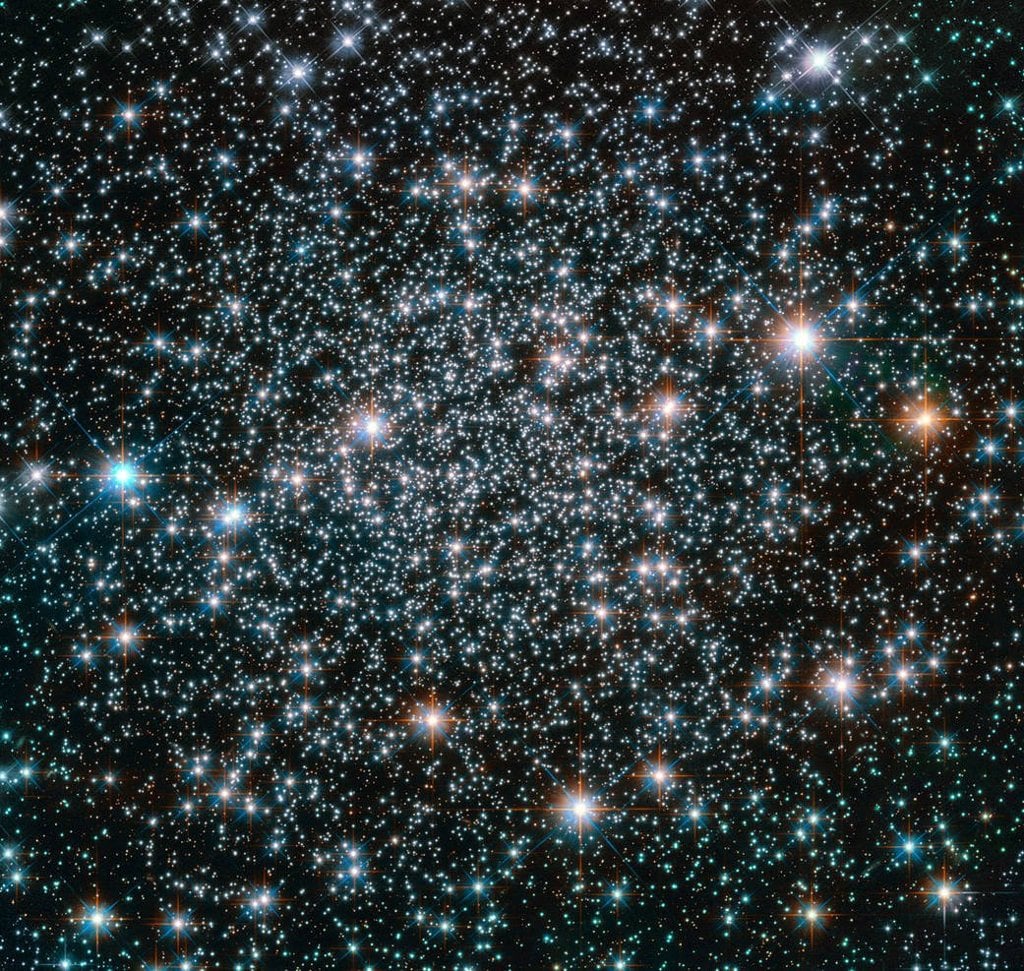Tyler Jacob Capek earned a Department of Energy research fellowship to study the optical properties of aerosols during atmospheric processing at the Los Alamos National Laboratory.
Tyler Jacob Capek, a PhD student in the Department of Physics, was awarded a research fellowship funded by the Department of Energy's (DOE) Office of Science Graduate Student Research (SCGSR) Program. As one of just 60 STEM-focused graduate students accepted from across the country, the fellowship not only provides financial assistance, but it also enables Capek to pursue research for his dissertation at a DOE laboratory.
Capek's winning proposal has him working with Manvendra Dubey’s team at Los Alamos National Labs (LANL) to study changes in the atmosphere that occur from particles in wildfire smoke. The process of reduction occurs from a laser-based instrument under development at LANL in New Mexico. Capek, a self-described northerner from Wisconsin, will avoid the summer desert heat by waiting until August and the start of the fall semester, to kick off his four-month fellowship.
Claudio Mazzoleni, associate professor of physics and Capek's advisor, says he is extremely impressed with Capek and suggested Los Alamos as the perfect venue for Capek's research, a claim Mazzoleni can confidently make, having conducted his own research at LANL. In addition, Mazzoleni says that Michigan Tech has a strong relationship with researchers there already, "we've collaborated with them over the years; we had some graduate and undergraduate students [working with] them."
In the end, Capek chose Los Alamos after learning about Dubey’s development of an instrument akin to a laser that, as Capek explains, can "mitigate some of the uncertainties that are currently present in relation to how water affects particles in the atmosphere. Picture a laser going through the clouds.”
Capek has a passion for lasers. “Tyler wants to use the most powerful laser,” Mazzoleni jokes. “We like lasers. I think every other week we talk about purchasing a new laser.”
And while there’s plenty of lasers to shoot through clouds in Michigan Tech’s cloud chamber facility, LANL offers Capek more direct access to a more nuanced study he can’t pursue at the Great Lakes Research Center.
Michigan Tech’s three-year cloud chamber device allows student and faculty researchers the opportunity to simulate atmospheric conditions. Instead of traveling to the clouds, the clouds travel to researchers via chemical simulation, with a size hundreds of times the larger than the inside of a beaker. When Michigan Tech received its “Turbulent Cloud Chamber” in 2015, it was the only one in the country that could reproduce clouds and turbulence.
The fellowship grants Capek the opportunity to pursue research that he can't conduct at Michigan Tech—research that aims to impact climate change and human health—and that occurs through the use of one of LANL’s “system[s] for the cloud chamber to understand how the water vapor might affect the optical properties of the particles. Going there and doing it on combustion processes with different instrumentations will be really great," Capek says.
The instrument Capek will work on in Los Alamos has the potential to provide new information on combustion particles that heat or cool the earth when they are emitted in the atmosphere and can fill our lungs when we breathe them in. The instrument can help measure the properties of particles that can occur from forest fires, power plants and inside of coal mines or cheese factories.
"I used to work at a cheese factory where we smoked a lot of cheese. I think our instruments could be a good tool to monitor health conditions from smoky aerosol particle exposure," says Capek.
Whether it's Gouda or a wildfire, Capek will observe and report back on the behavior of those aerosol particles—aiming to influence environmental and policy change, while taking a deep dive into his dissertation project.
Michigan Technological University is an R1 public research university founded in 1885 in Houghton, and is home to nearly 7,500 students from more than 60 countries around the world. Consistently ranked among the best universities in the country for return on investment, Michigan's flagship technological university offers more than 185 undergraduate and graduate degree programs in science and technology, engineering, computing, forestry, business, health professions, humanities, mathematics, social sciences, and the arts. The rural campus is situated just miles from Lake Superior in Michigan's Upper Peninsula, offering year-round opportunities for outdoor adventure.






Comments